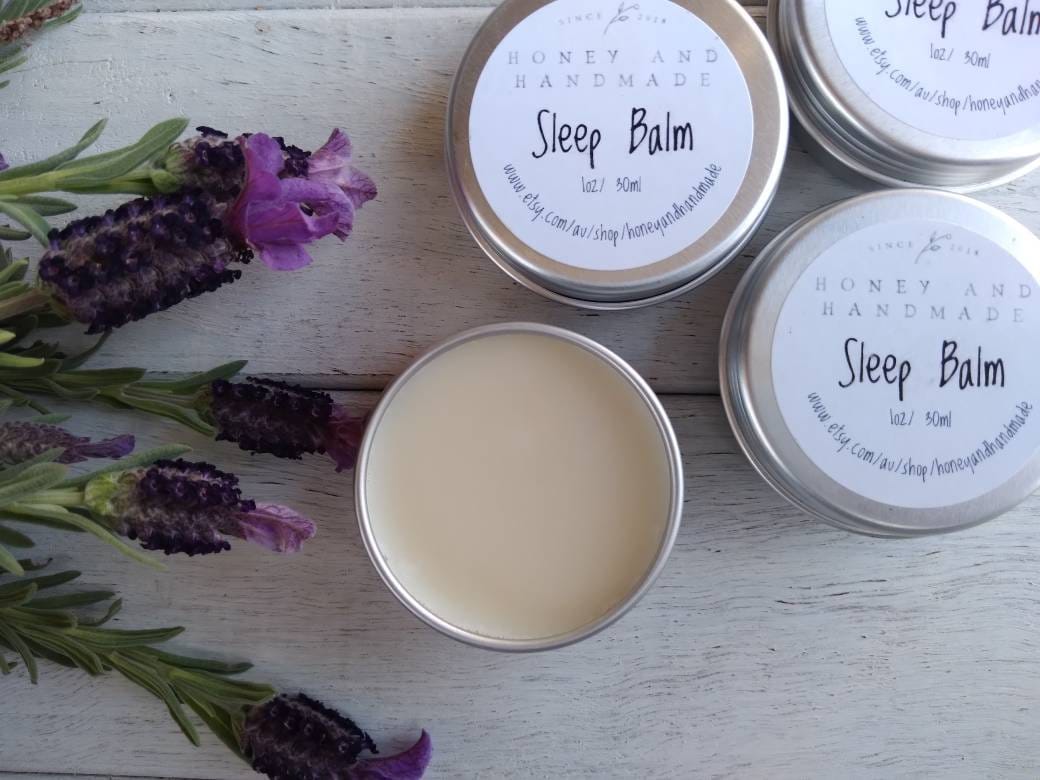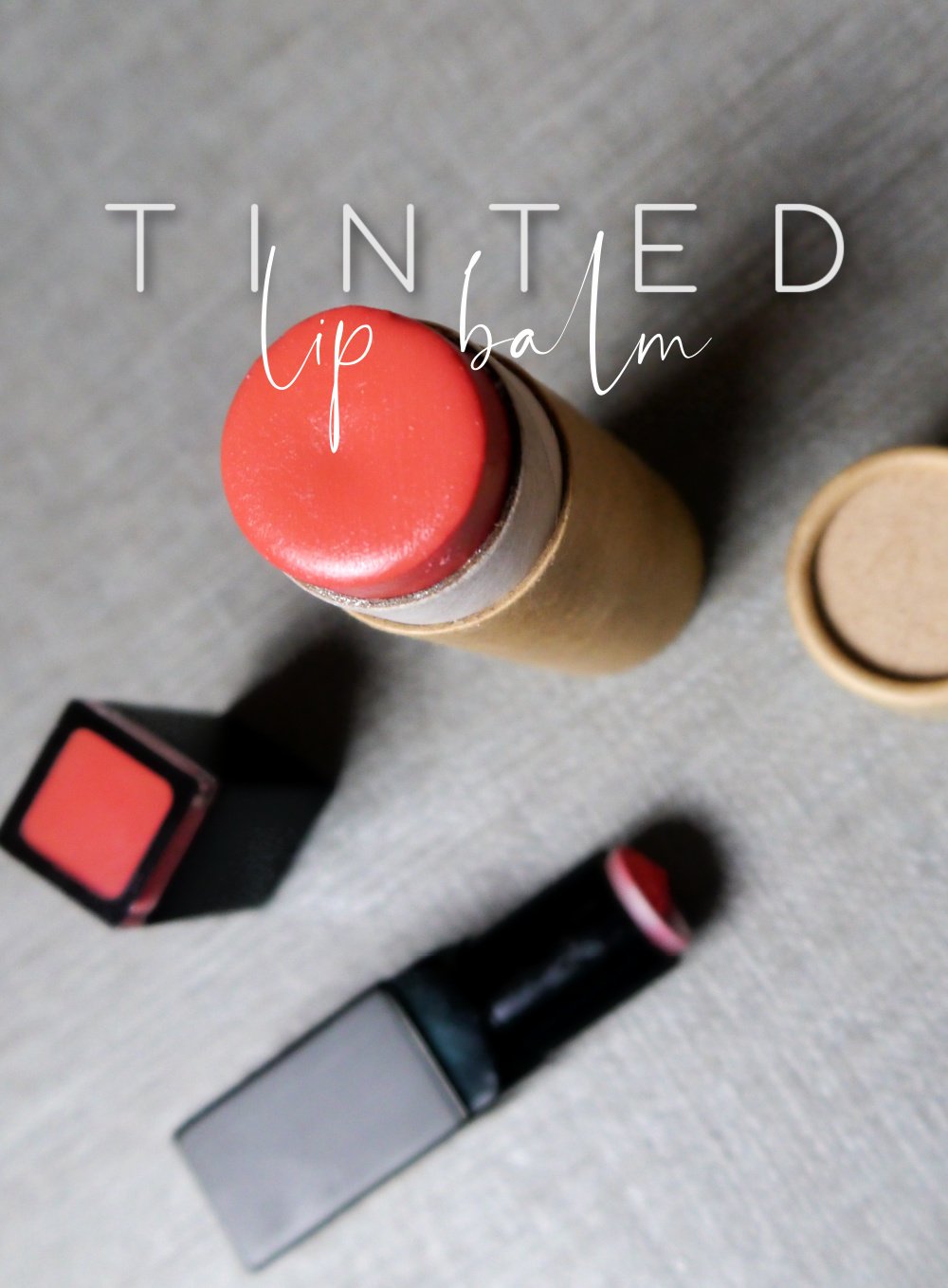Bid farewell to restless nights with a DIY Lavender Bedtime Balm! This all-natural remedy blends the calming properties of lavender with the soothing richness of a balm. Simple to make and delightful to use, it’s the perfect addition to your bedtime routine for sweet, peaceful dreams.
EQUIPMENT
- 12 Empty Lip Balm Containers
- Plastic Pipettes
- Double Boiler (or microwave-safe bowl)
- Silicone Spatula
INGREDIENTS
- 1.5 oz Beeswax
- 2 tbsp Coconut Oil (melted)
- 2 tsp Sweet Almond Oil
- 10 drops Frankincense Essential Oil
- 10 drops Myrrh Essential Oil
- 8 drops Cedarwood Essential Oil
- 6 drops Vetiver Essential Oil
- 6 drops Lavender Essential Oil

INSTRUCTIONS
- Prepare Containers: Set up the empty lip balm containers, ensuring they’re ready to be filled as soon as the balm mixture is prepared.
- Melt the Beeswax:
- Using a double boiler or microwave, melt the beeswax.
- If microwaving, heat in 30-second intervals, stirring after each session to avoid overheating.
- Combine Oils:
- Once the beeswax is completely melted and translucent, stir in the melted coconut oil and sweet almond oil.
- Mix thoroughly until all lumps of coconut oil are dissolved.
- Add Essential Oils:
- Let the mixture cool slightly for 45-60 seconds before adding the essential oils.
- Use a silicone spatula to incorporate the oils evenly into the wax mixture.
- Fill Containers: Work quickly to fill each container using plastic pipettes. The balm will begin to set rapidly, so steady movement is key.
- Cool and Set:
- Leave the containers uncovered for at least 12 hours to allow the balm to cool and solidify completely.
- Avoid placing lids on while cooling, as condensation could lead to mold or mildew.
- Ready to Use: Once fully cooled, the balm is ready. To use, apply a small amount to your temples, the back of your neck, wrists, or dab a little under your nose or on your pillow for a calming effect.
Enjoy the soothing benefits of this all-natural lavender bedtime balm and drift off to peaceful sleep!





